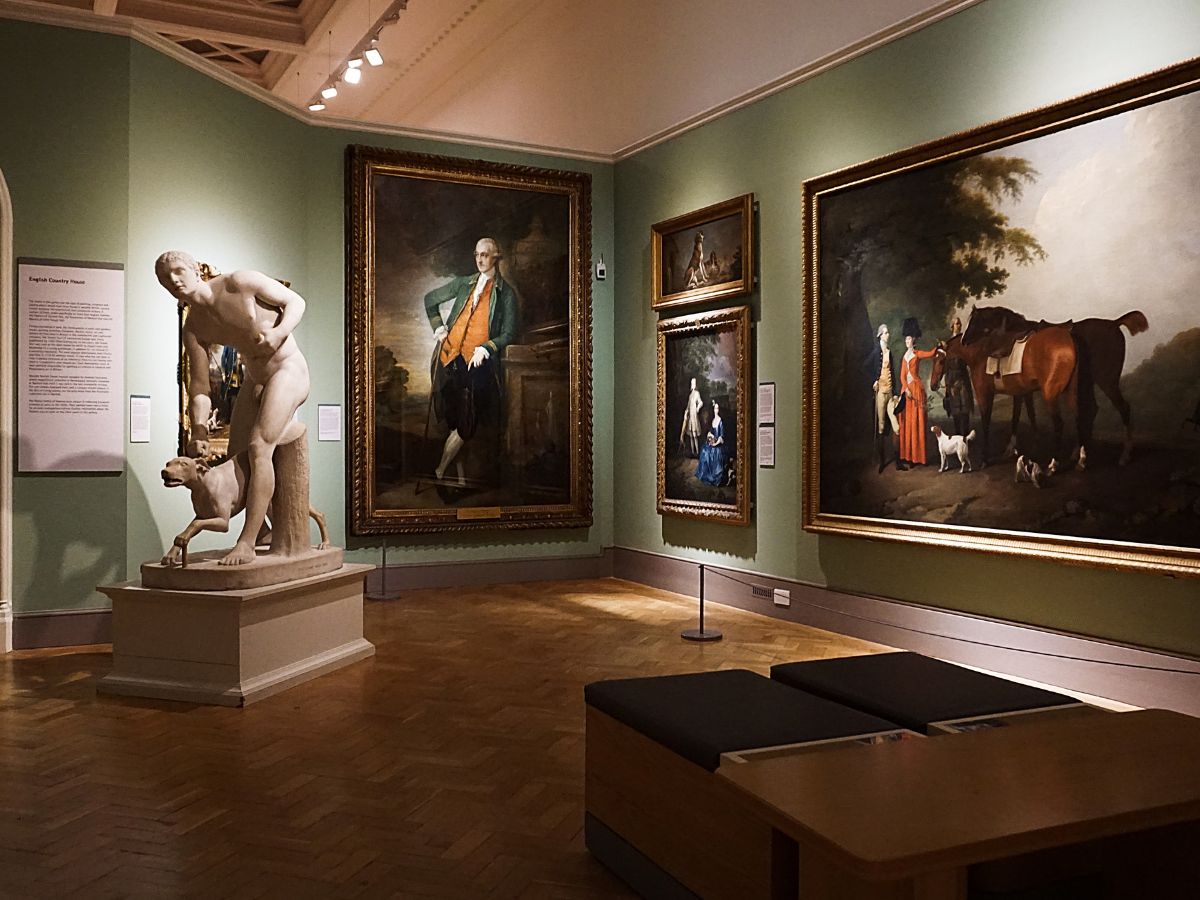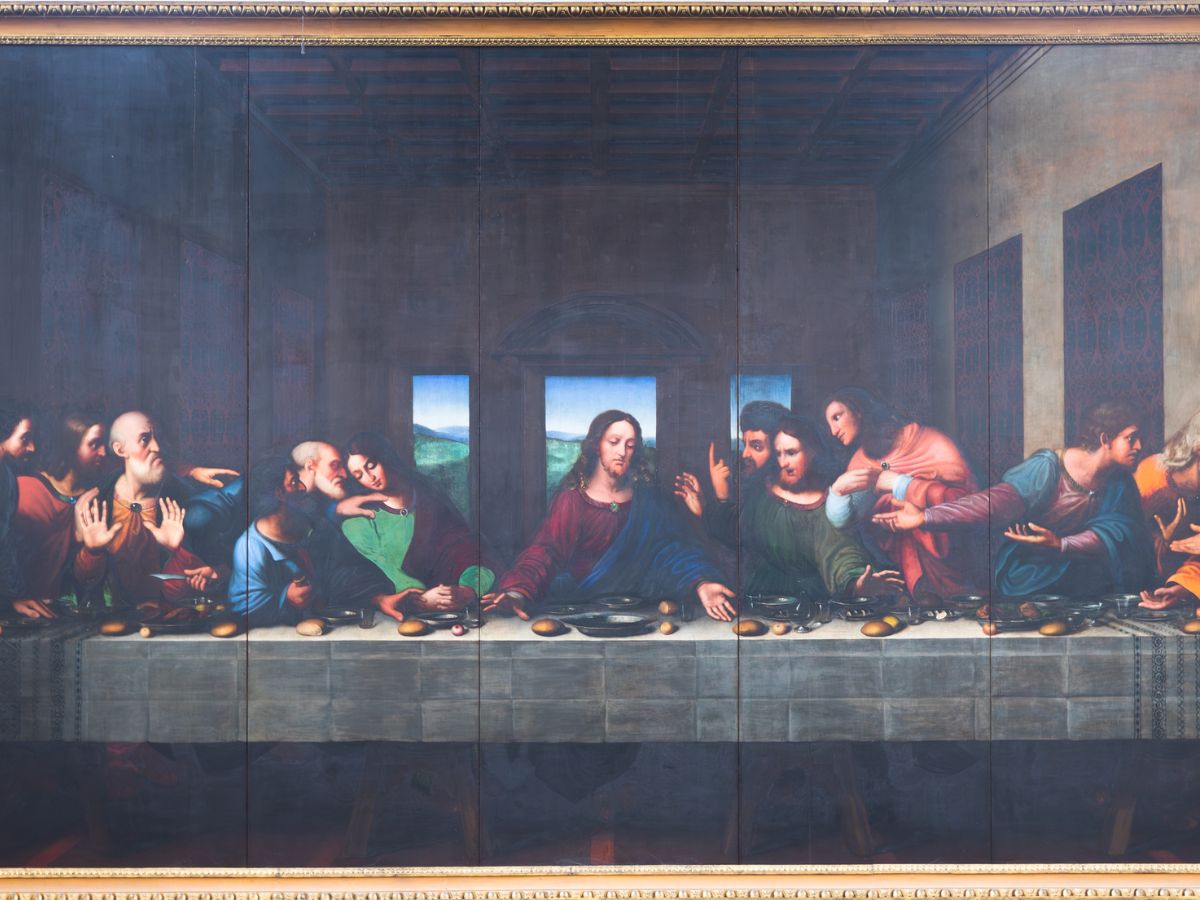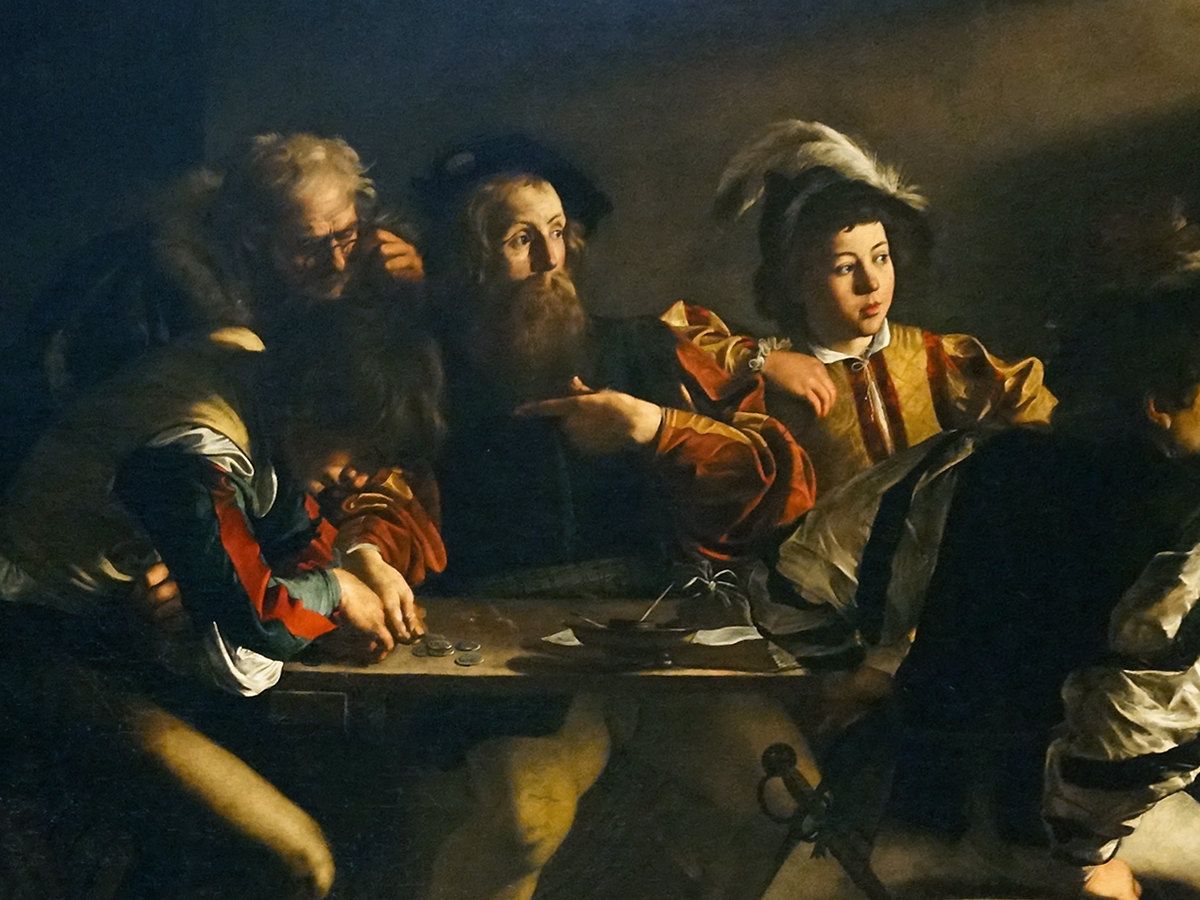
Inspiration from Famous Canvas Paintings: Lessons from Masterpieces
The world of art is filled with inspiration, and studying famous canvas paintings can offer invaluable insights into technique, creativity, and artistic vision. By analyzing these masterpieces, artists can draw lessons that fuel their own creativity and improve their craft.
From the timeless beauty of Renaissance art to the bold expressions of modernism, each painting carries unique elements that can inspire.

1. Composition and Balance: Leonardo da Vinci’s The Last Supper
Leonardo da Vinci’s The Last Supper is a prime example of perfect composition and balance. Painted between 1495 and 1498, this fresco depicts the moment Christ announces that one of his apostles will betray him. What makes this piece so powerful is how da Vinci arranges the figures—grouped in threes around Christ, who serves as the focal point. The painting employs the use of linear perspective, guiding the viewer’s eye directly to Christ’s serene face in contrast to the chaotic reactions of the apostles.
For modern artists, The Last Supper exemplifies how compositional elements, such as the arrangement of subjects and the use of perspective, can evoke emotion and lead the viewer’s eye through a narrative. Artists can learn to create more engaging and harmonious works by understanding the power of structure and visual flow.

2. Color Theory and Emotion: Vincent van Gogh’s Starry Night
Vincent van Gogh’s Starry Night (1889) stands as an emblem of emotional expression through color. The swirling, tumultuous sky above a sleepy village conveys a sense of movement and drama. The bold contrast between the blues of the night sky and the yellows of the stars evokes feelings of isolation yet hope, a reflection of Van Gogh’s own emotional struggles.
From Van Gogh’s approach to color, artists can learn how to use hues to express emotion, manipulate atmosphere, and set the tone for their work. The interplay of warm and cool tones can create a striking visual impact, making the viewer feel connected to the emotion behind the painting.
3. Innovation and Experimentation: Pablo Picasso’s Guernica
Pablo Picasso’s Guernica (1937) is a harrowing representation of the horrors of war, created in response to the bombing of Guernica during the Spanish Civil War. What makes Guernica a masterpiece is not only its powerful message but also Picasso’s innovative use of Cubism to depict the chaos and suffering of war. The fragmented, angular figures evoke the destruction of both human bodies and civilization, creating an intense emotional response in the viewer.
Artists can take away the importance of experimentation from Picasso’s work. By pushing the boundaries of form and style, Picasso demonstrates how innovation can create new ways to communicate messages. Artists should embrace their own unique voice and be willing to experiment with form, medium, and perspective.

4. Light and Shadow: Caravaggio’s The Calling of Saint Matthew
Caravaggio’s mastery of chiaroscuro—the interplay of light and dark—can be seen in The Calling of Saint Matthew (1600). The painting depicts the moment Jesus calls Matthew to follow him. Caravaggio’s dramatic use of light draws attention to the figures and heightens the spiritual tension of the scene. The contrast between the brightly lit faces and the deep shadows creates a dynamic and lifelike composition.
Artists looking to enhance their use of light can learn from Caravaggio’s technique. Mastery of lighting can bring depth and realism to a painting, guiding the viewer’s attention and adding drama to a scene.
Studying famous canvas paintings can serve as a vital source of inspiration for artists. By analyzing composition, color, innovation, and lighting techniques from masterpieces like The Last Supper, Starry Night, Guernica, and The Calling of Saint Matthew, artists can improve their own work while developing their unique style. These lessons demonstrate the timeless value of learning from the masters while encouraging contemporary creativity.